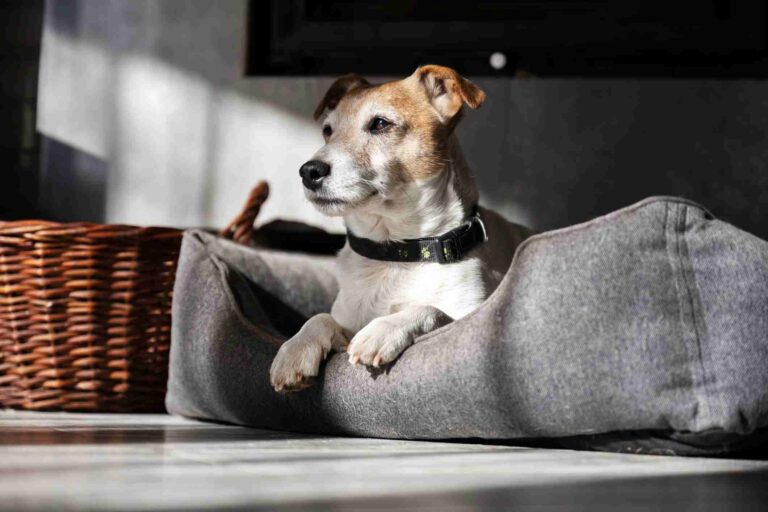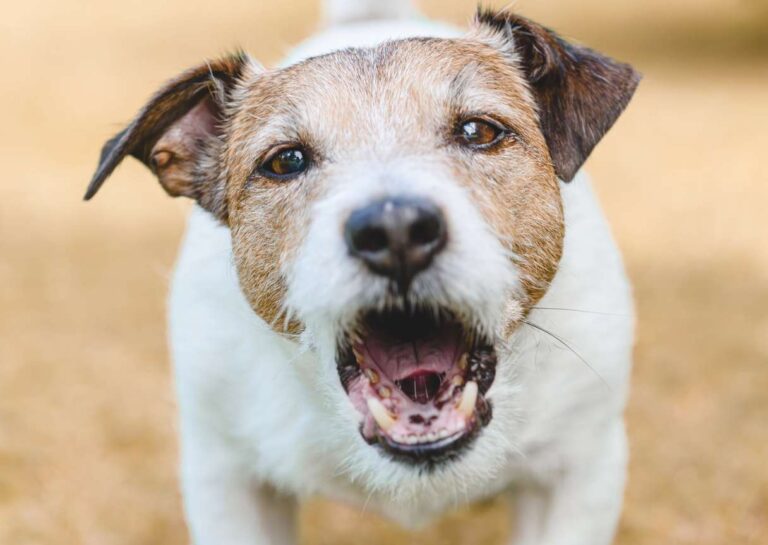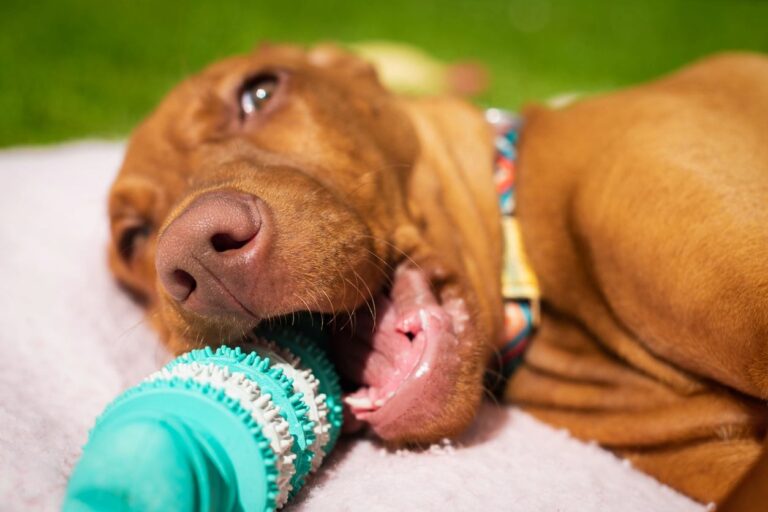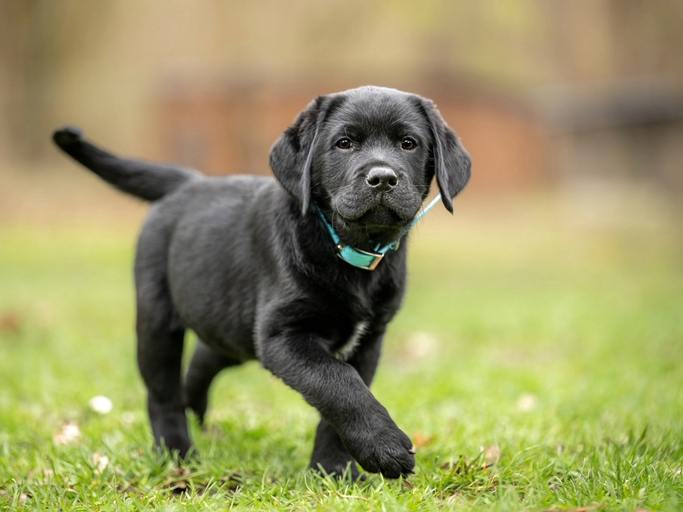Does your dog rush through the door when guests come over? Hover by the dinner table begging for scraps? Or wander off to cause mischief while you’re completing chores? Teaching the “place” command can be a game changer for stopping unwanted behaviors and reinforcing behaviors appropriate ones. Below, we teach a bed command so your dog will go to a designated spot and stay there until they are released.
Getting Started:
- A 6-foot flat leash
- Kibble or treats in a treat bag
- Collar
- A dog bed with raised sides is recommended
We will break down the “place” command to two main objectives:
- Go to the bed
- Stay on the bed
Go to the Bed
Step 1: Use a lure
The first step in teaching “place” is to guide your puppy onto their bed using a treat or piece of kibble. While your dog is wearing their collar and 6-foot regular leash, complete the following steps:
- Position yourself about a foot from the dog bed. Hold a treat or piece of kibble in your hand, between your thumb and forefinger.
- Hold the treat in front of your puppy’s nose. Then, slowly move your hand until it is extended over the dog bed.
- When all four paws are on the bed, use a bridge word, such as “good” and reward your puppy with a treat or piece of kibble.
- Choose a release word for your pet, such as “free” or “okay.”
- Say the release word, and throw a second treat or kibble off the bed.
- Repeat these steps about 8-12 times.
Over time, your puppy should get on and off the bed more quickly.
Step 2: Transition to a hand signal
The next step in “teaching place” is to gradually reduce the lure with food. Follow the same steps outlined above, but this time, hold the treat in your second hand behind your back. To your dog, it will look like you are still holding the treat in your lure hand.
Continue the steps, luring your puppy onto the bed but treating with the opposite hand. The more repetitions you do, the more you can shape your luring hand into a pointing gesture instead. Eventually, your dog will learn that the treat comes after he walks on the bed.
Step 3: Add a Verbal Command
The final step is to use the word “place,” so your puppy can directly associate it with their bed. You’ll know your puppy is ready for a verbal command when they reliably follow your hand signal on to the bed 90% of the time. Your puppy may even start to run or jump onto their bed excitedly before you can even point.
To properly introduce the “place” command, first get your puppy’s attention by saying their name then say “place.” Wait 2 seconds for your puppy to respond.
- If your puppy moves to the bed, give them your bridge word “good” and a treat.
- If your puppy doesn’t respond, don’t repeat the verbal command; instead, use a hand signal to encourage them to get on the bed. Then, give them a treat and release your puppy by saying “free.”
The goal is to say the word once and have your dog respond without needing a signal every time. Repeat this process 8-12 times in a row or until your puppy is reliability going to bed when you say “place.”
Stay on the Bed
Keep your puppy on the bed and the 5 D Exercise:
Now that your dog knows how to go to “place,” it’s time to teach them to stay there. That’s where the 5 D’s come in. The 5 D’s are:
- Distance: Gradually increasing the distance between yourself and your puppy.
- Duration: The amount of time your puppy is in place or the time between treats.
- Distraction: A knock on the door, dropping food on the ground, cleaning the room, or playing with a child’s favorite toy.
- Direction: The direction you move as you leave the puppy on the bed.Turning your back on the puppy may be more difficult at first.
- Disappearance:Going out of sight briefly.
It’s important you only work on increasing difficulty with one “D” at a time. Each time your puppy successfully stays on the bed, use the bridge word “good” and reward them with a treat or kibble. If at any point your puppy comes off the bed, point them back to it and try to repeat the action that made them break.
Trainer Tips:
- When practicing sending the puppy to place, keep repetitions fast! Aim for at least 6 sends per minute. We recommend setting a timer and seeing how many you can do in a row.
- If you find your puppy unsuccessful at any particular stage, try to make it a little easier on them. Once they find consistent success, make it harder.
- A few rounds of 10-15 minutes of practice throughout the day will be more successful than a long one-hour session.
- This process will likely take several days, and that’s okay! Your puppy may need to back up a step at the beginning of a practice session to help them remember.
We’re here to help:
All puppies progress at different rates based on factors that include their food drive, ability to learn quickly, age, and energy levels. Since each puppy is unique, it’s important to be patient and to create an environment that prepares them for success.
Do you need help with teaching “place” to your puppy? Or do you want to teach your dog to wait on their bed while you let a guest come in? You can schedule a free consultation with our pet behavior experts. Our training programs are conducted as private sessions in your home within your Sarasota neighborhood.
If you reside outside our service areas or prefer virtual meetings, our Certified Applied Animal Behaviorist, Dr. Echterling-Savage, offers virtual consultations to discuss your training goals and design a training program to meet them.
If you would like more information, we regularly publish blogs in our “Dog-Friendly Guide” and “Puppy Training Guide”.




